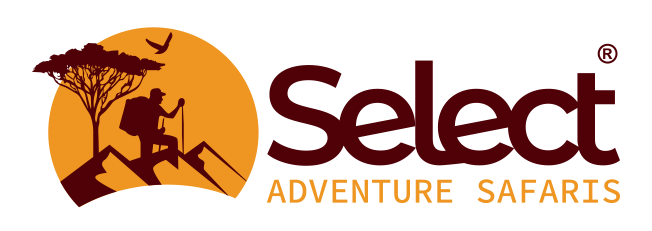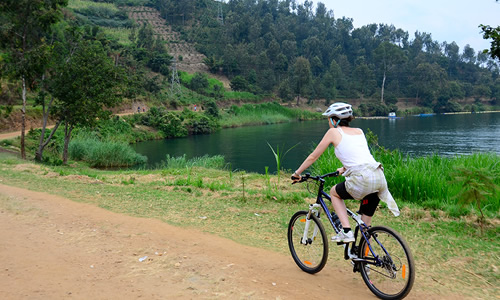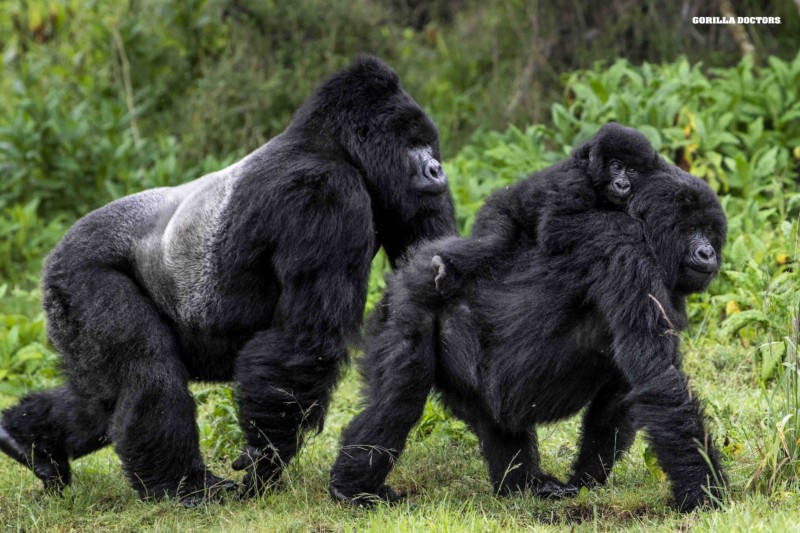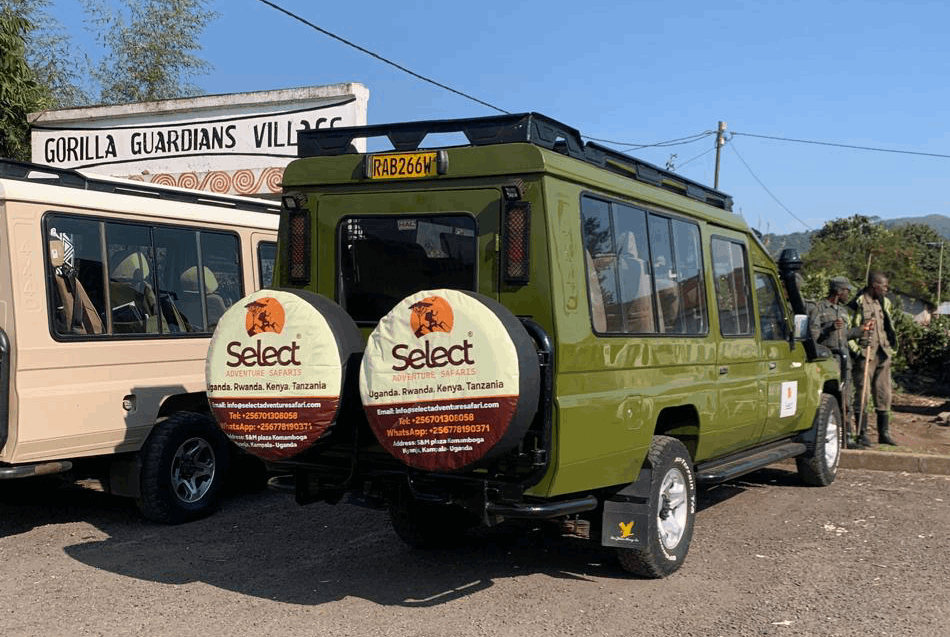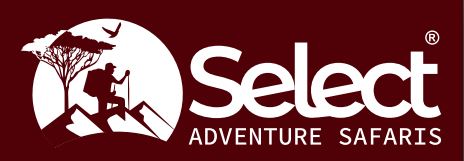Rongai Route
“The Only Northern Starting Point on Mount Kilimanjaro”
The Rongai Route starts on the Northern point of Mount Kilimanjaro thus being only route starting on this particular side which is also known as the Kenyan side of Mount. Kilimanjaro. This is route is found in a remote location thus offering trekkers with a relatively unspoilt wilderness experience where it is possible to see several wildlife like antelopes, elephants and buffaloes.
Mount Kilimanjaro’s North – East side receives significantly less moisture than the Southern slopes which means that trekkers are less likely to encounter rain. Trekkers also get clearer, unclouded views of the mountain and its snow-capped peak.
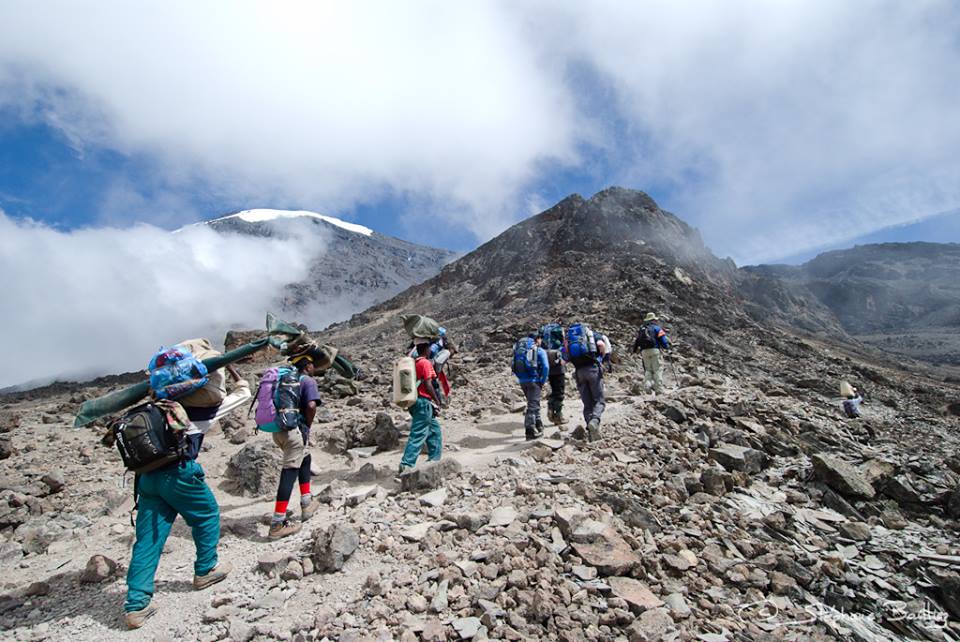
Rongai Route Map
The Rongai Route is flatter than other Kilimanjaro routes, however because of its profile it does not offer good options for trekker to climb high and sleep low.
The Rongai route can be hiked on a six, seven or even eight day route, this route is highly recommended as trekkers have extra days to acclimatize.
Due to the remote setting of the Rongai Route, it receives less traffic than other routes on Mount Kilimanjaro. During the hike on this route, trekkers spend the night at Kibo Hut which is steep and follow the same path taken by Marangu trekkers which passes Gilman’s Point to Uhuru Peak.
The Rongai Route descend via the Marangu Trail
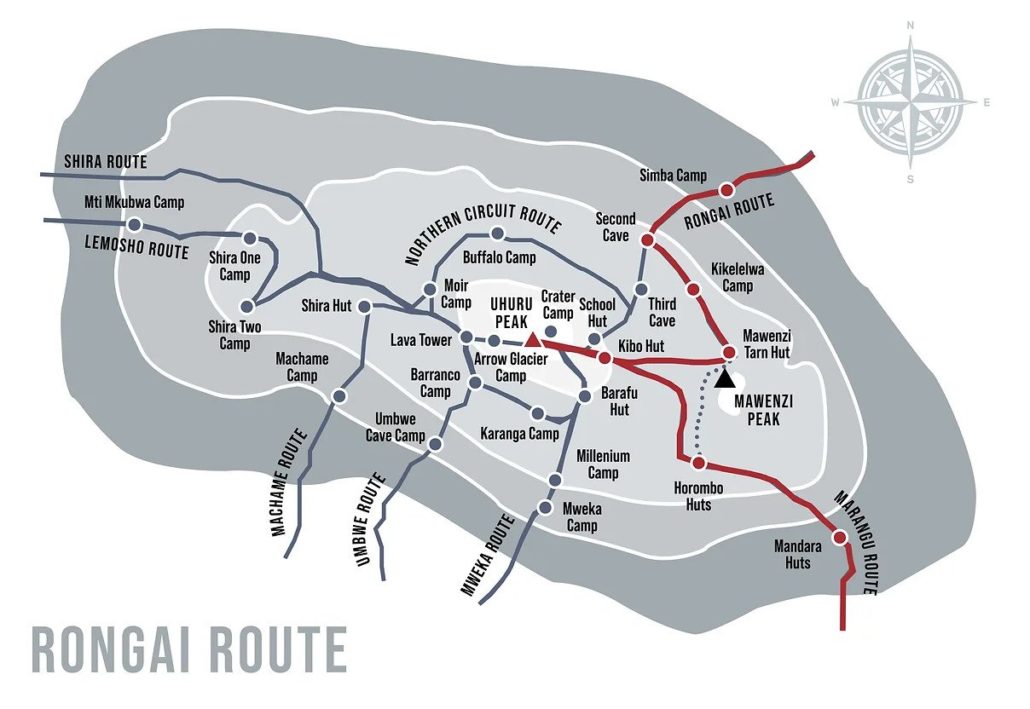
Rongai Route Itinerary
This itinerary is for a 7 – day Ronga Route Trek, note that 6 day trekkers do not spend an adittional day at Mawenzi Tarn (4,300 meters) to acclimatize. 8 day treekers also stop on day two at Rongai Second Cave (3,450 meters) before proceeding to Kikelewa Camp (3,600 meters).
Day 1 – Rongai Start Point (1,950 meters) to Rongai First Cave (2,620 meters)
Distance: ~8km / 5 miles
Trekking time: 4 hours
Zone: Rainforest
On day 1, trekkers are driven from either Moshi or Arusha to Marangu Gate where they register before heading further driving 70 kilometers on poor roads to the Rongai starting point at 1,950 meters.
The trek begins from Nale Moru Village and follows a gradual and winding trail that first crosses maize filed before entering the rainforest, the first day’s hike is easy going and you will arrive at Rongai First Cave (2,620 meters) around mid-afternoon where you can freshen up and have dinner.
Day 2 – Rongai Cave (2,620 meters) to Kikelewa Camp (3,600 meters)
Distance: ~9km / 7 miles
Trekking time: 6-7 hours
Zone: Rainforest / Low-alpine zone
On day 2, the hike continues from Rongai First Cave through the rainforest before transitioning into the low alpine moorland zone where you will notice a change in the vegetation to shrubs and grasses.
You will have a stopover at Rongai Second Cave (3,450 meters), 6 kilometers from the Fist Cave Camp before turning east to Kikelewa Camp (3,600 meters) for your overnight stay.
Note: 8 days Trekkers might stop at Rongai Second Caves for the night before proceeding to Kikelewa Camp.
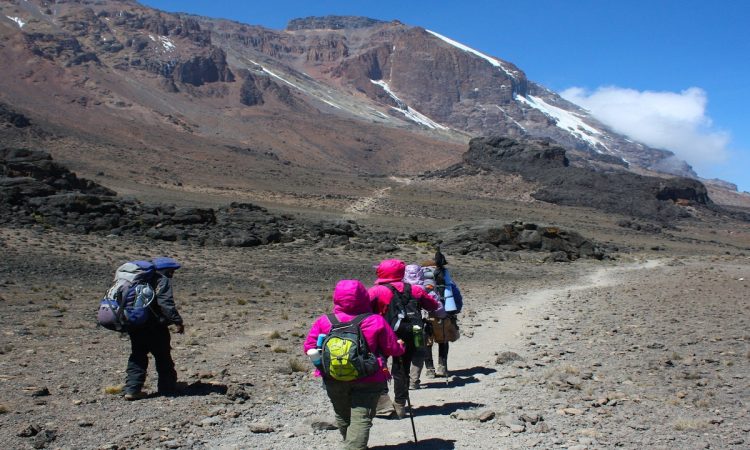
Day 3 – Kikelewa Camp (3,600 meters) to Mawenzi Tarn (4,300 meters)
Distance: 6km / 4.5 miles
Trekking time: 4-5 hours
Zone: Low-alpine zone / High-alpine zone
On day 3, the hike is short but steep clim from Kikelewa camp to Mawenzi Tarn (4,300 meters) which sits in the shadow of the magnificent Mawenzi Peak.
You will arrive at Mawenzi Tarn in time for lunch and then have the whole afternoon to explore the surrounding area and acclimatize.
Day 4 – Acclimatisation day at Mawenzi Tarn (4,300 meters)
Distance: 0 km
Trekking time: 0 hours
Zone: High-alpine zone
Day 4 is very important as it is for acclimatization, you will have a short hiking excursions organized to explore the area. You will use this day to get some awesome pictures of the mountain and the surrounding area.
Day 5 – Mawenzi Tarn (4,300 meters) to Kibo Hut (4,700 meters)
Distance: 9 km / 5.5 miles
Trekking time: 6-7 hours
Zone: High-alpine zone
Day 5 of the hike is a long but gradual hike from Mawenzi Tarn heading west through the Saddle which is formed between the peaks of Kibo and Mawenzi and up to Kibo Hut (4,700 meters). This route is dry, barren and rather inhospitable, but offers spectacular views of Kibo.
At Kibo Hut you will have dinner and go to bed early as you will be awoken around 23:30 to begin your summit attempt, trekkers should remember to prepare their gears including headlamp camera, insulated water and warm weather clothes before they go to sleep.
Day 6 – Kibo Hut (4,700 meters) to Uhuru Peak (5,895 meters) and then Horombo Hut (3,720 meters)
Distance: ~5.5km / 3 miles ascent and then 15km / 8 mile descent
Trekking time: 6-8 hours to the summit and then 5-8 hours to Horombo Hut
Zone: Glacial zone and the all preceding zones
Day 6 of the hike begins at midnight, have tea and biscuits and start your ascent in the dark across a rocky path to the first check point, Hans Meyer Cave at 5,150 meters. You will have a break here and refuel on an energy bar.
The path then zigzags and increases in steepness as you approach Gilman’s Point 2-3 hours later at 5,681 meters. You are now on Kino’s crater rim, a huge achievement but you still have a 200 meters ascent to trek to the summit – Uhuru peak (5,895 meters).
You will have to dig deep to find the reserves and mental stamina to push yourself up the final slopes, at Uhuru Peak you will be able to have a brief stay before descending backto Kibo Hut and on to Horombo Hut. In total you will be trekking upwards of 12-16 hours. It will be one of the longest day of your life but well worth it. If you are a fun of beers, you can get some at Horombo Hut.
Day 7 – Horombo Hut (3,720 meters) to Marangu Gate (1,870 meters)
Distance: ~20km / 13 miles
Trekking time: 5-7 hours
Zone: Rainforest
Day 7 is the final day of climbing Mount Kilimanjaro and you will decend from Horombo Hut to Marangu Gate (1,870 meters) which is a long trek of approximately 20 kilometers. Your knees will probably be sore from the previous days hike so you are advised to go slowly and make sure of your footing as you descend. Use your trekking poles to limit the impact on your joints.
At Marangu Gate, you will sign out and for trekkers who got as far as Gilman’s Point but no further will be presented with a green certificate.
Trekkers who made it all the way to the Uhuru Peak will receive a gold certificate.
At this point trekkers reward their porters and guides with their hard earned tips, you will meet your driver guide and be driven back to your hotel in Moshi or Arusha.
Kilimanjaro Rongai Route Altitude Profile
Here is what an altitude profile for the Kilimanjaro Rongai Route looks like
